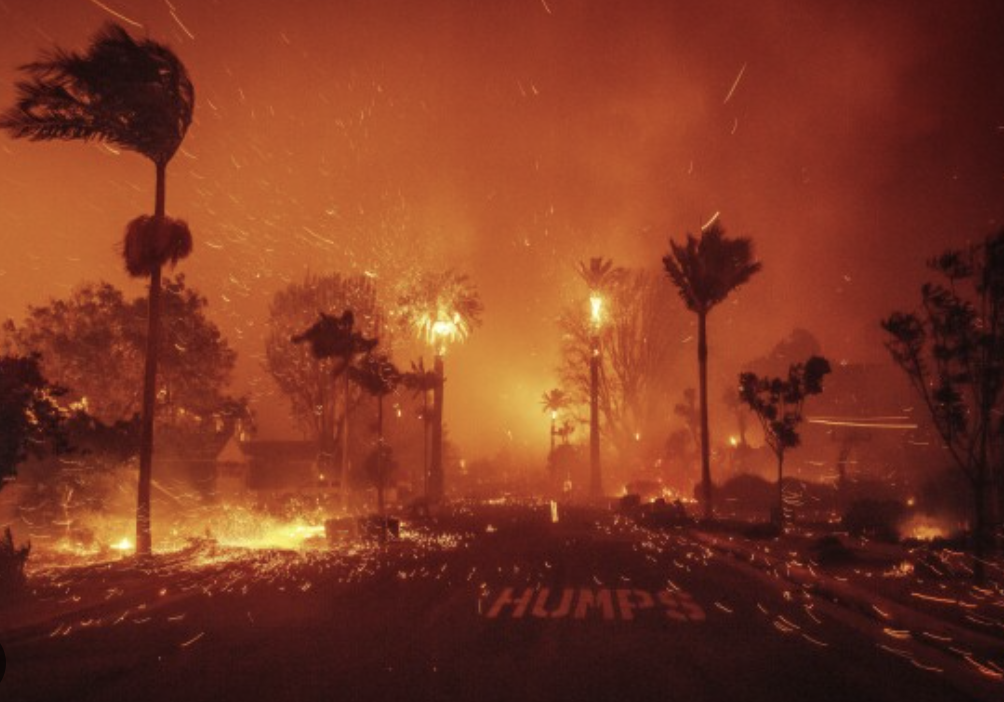
The recent fires have tragically claimed at least 27 lives, swept through residential communities, destroyed over 12,300 structures, and forced thousands of people to evacuate, with the blaze still raging in some areas. This devastating toll highlights the urgent need for more effective wildfire prevention and response strategies. As someone passionate about environmental issues, I believe it is imperative to establish stronger public policies to address wildfire prevention and mitigation proactively.
Despite existing policies aimed at wildfire management, recent events reveal significant shortcomings in their effectiveness, particularly in Los Angeles. During the critical first 72 hours of the most recent wildfire, there was no immediate and coordinated response, underscoring the lack of sufficient resources and advanced technology to combat fires efficiently. This delay not only exacerbated the destruction but also put countless lives at risk.
To prevent such tragedies in the future, investing in innovative technology and infrastructure is crucial. Some effective strategies include:
- Unmanned aerial drones equipped with thermal imaging cameras can provide real-time monitoring of fire-prone areas, enabling early detection and rapid response.
- Satellite imaging and data analytics can help predict and track wildfire patterns, allowing for better preparation and allocation of resources.
- AI-driven predictive models could identify high-risk zones based on weather conditions, vegetation density, and historical fire data, helping to prioritize preventive measures.
- Controlled burns and vegetation management programs, supported by modern tools, can reduce fuel loads and minimize the intensity of wildfires.
In addition to technology, public education and community engagement are critical. Residents in wildfire-prone areas must be informed about creating defensible spaces around their homes, using fire-resistant building materials, and having evacuation plans in place. Incentives such as tax credits for homeowners who adopt fire safety measures could encourage widespread compliance.
Local governments and city officials need to take the lead in crafting and implementing these policies. Encouraging partnerships with private companies specializing in environmental and fire prevention technologies could accelerate innovation in this space. Adequate funding and transparent oversight will ensure these initiatives are effectively executed.
While policies to address wildfire risks exist, their delayed implementation, resource limitations, and gaps in management have hindered progress. It is crucial to address these challenges with urgency, leveraging technology, education, and proactive planning to enhance Los Angeles’s resilience against future wildfires. By doing so, we can better protect lives, communities, and the environment from the devastating impact of wildfires.
